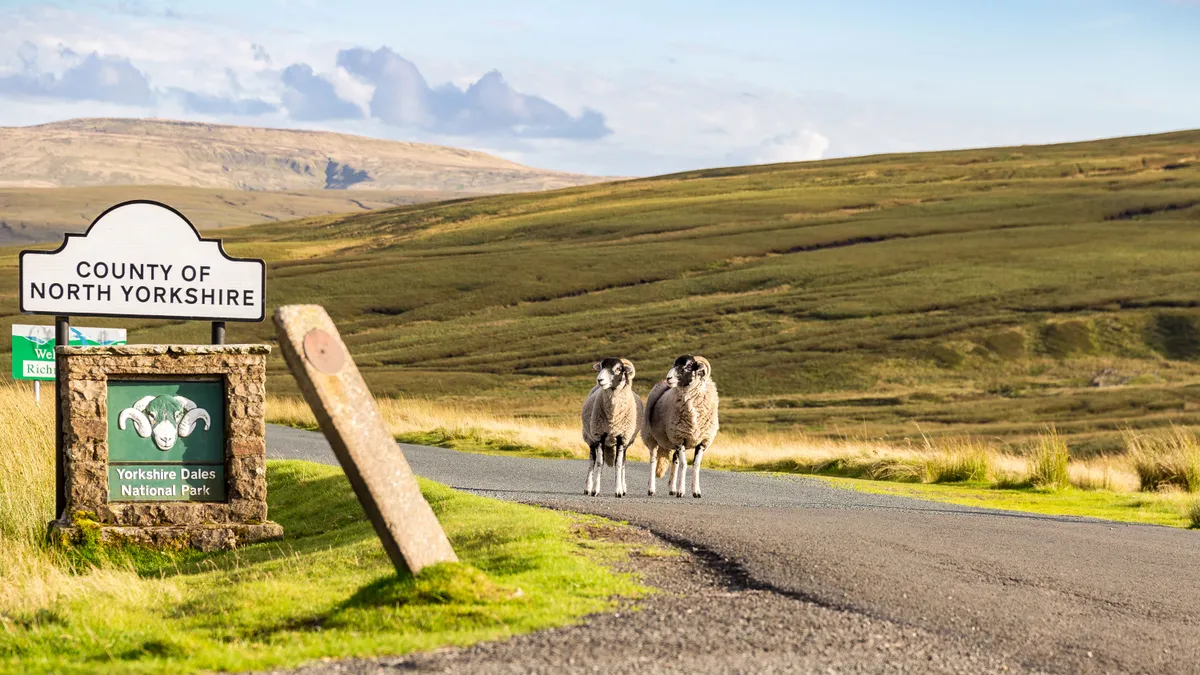Millions of us visit the UK's national parks every year; they are places many of us have enjoyed and cherished since our childhoods, from the summits of Cairngorm and Snowdon to the white cliffs of the South Downs; from the huge skies of the Norfolk Broads to the wild tors of Dartmoor.
Each Park has its own identity, reflecting the elements of the nature contained within it and the character of the people who call it home.
In this guide we’ll be revealing the various ingredients required to sustain and enhance these treasured places, not to mention stunning wildlife spectacles and exhilarating walks found throughout the UK's 15 national parks.
Learn more about the UK's national parks
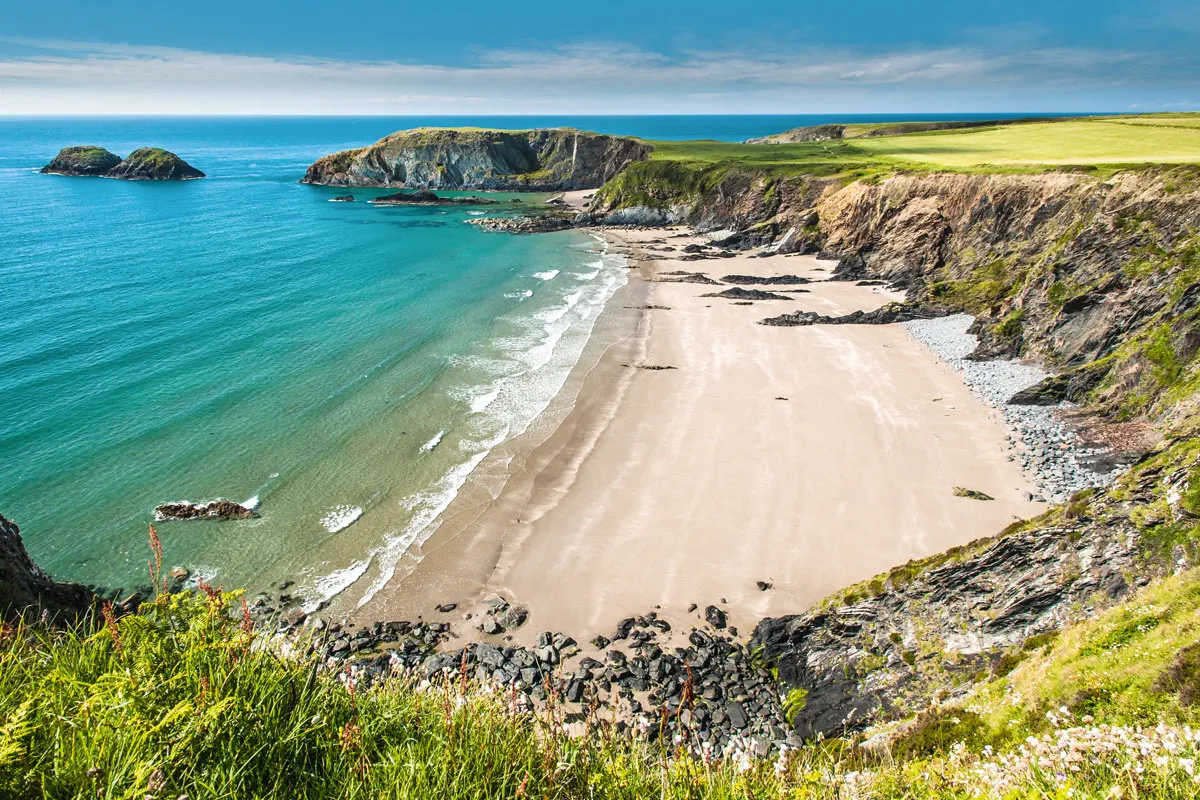
What is a national park?
Yorkshire architect and rambler John Dower led the campaign for national parks in the 1930s and then, during and after the Second World War, worked with the Government on plans to create “extensive areas of beautiful and relatively wild country for the nation’s benefit”.
In England and Wales, national parks have two statutory purposes: to conserve and enhance the natural beauty, wildlife and cultural heritage; and to provide the public with enjoyment and an understanding of the special qualities of national parks. If both the statutory purposes are achieved, national parks also have the duty to: seek to foster the socio-economic development of local communities.
The Broads was given equivalent status to that of a national park, with one additional purpose: “protecting the interests of navigation over and above the two given to the English national park Authorities".
Meanwhile in Scotland, the parks have four aims: to conserve and enhance the natural and cultural heritage of the area; to promote sustainable use of the natural resources of the area; to promote understanding and enjoyment (including enjoyment in the form of recreation) of the special qualities of the area by the public; to promote sustainable economic and social development of the area’s communities.
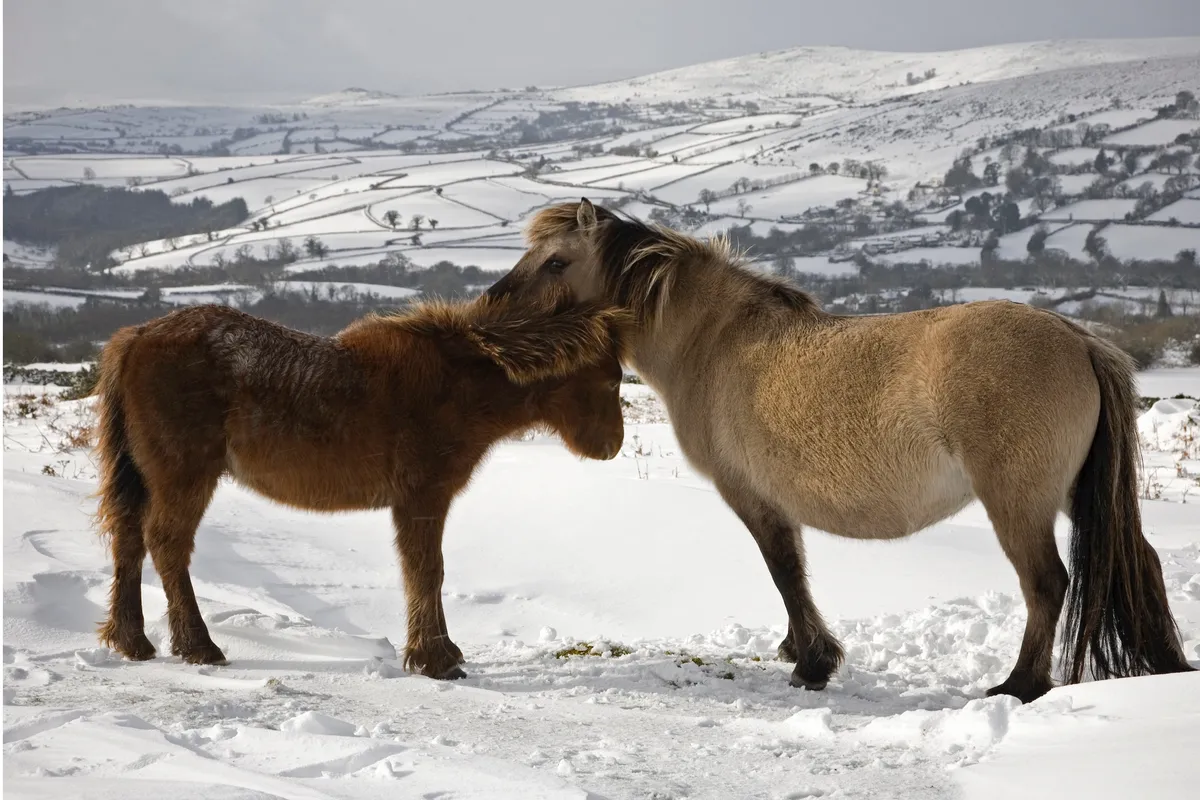
Some critics say the UK's national parks are not truly national because they’re not owned by the nation and that they’re not truly national parks because, in places, their natural beauty is marred by development and industry. But what a sad and deprived country this would be without them.
Not everything about our national parks is perfect, though: traffic congestion blights the hotspots, while access to many parks isn’t easy for anyone without their own transport; there is a lack of affordable housing for locals; there are conflicts of interest between conservation and commerce; some important habitats are under threat, and funding has been cut.
In England, a review of protected landscapes is underway that could improve matters and maybe create another wave of national parks. In the meantime, let’s cherish the parks we have and hope for even better in the future.
British mountain guide
From Snowdon in Wales and Ben Nevis in Scotland to the towering heights of the Lake District Fells, here is our guide to the UK's most amazing mountains, including a brief look at the history of British mountain climbing, facts and the best peaks to climb.
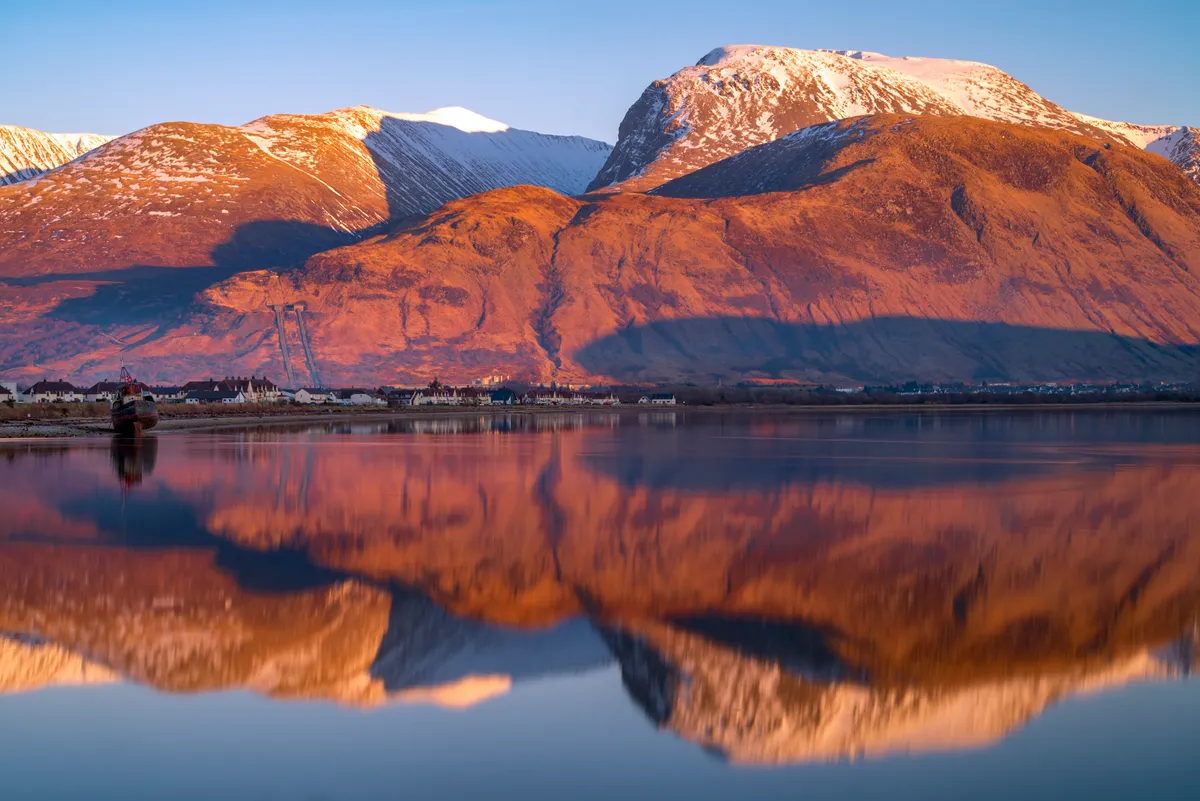
How many national parks are there in the UK?
There are currently 15 national parks in the UK. These protected areas are set aside for their beautiful countryside, wildlife and cultural heritage.
When were Britain's national parks established?
The 15 national parks were established in the UK between 1951 and 2010. There are 10 national parks in England (covering a land surface area of 9.3%), three national parks in Wales (covering a surface area of 19.9.%), and two national parks in Scotland (covering a land surface area of 7.2%). Northern Ireland currently has no national parks.
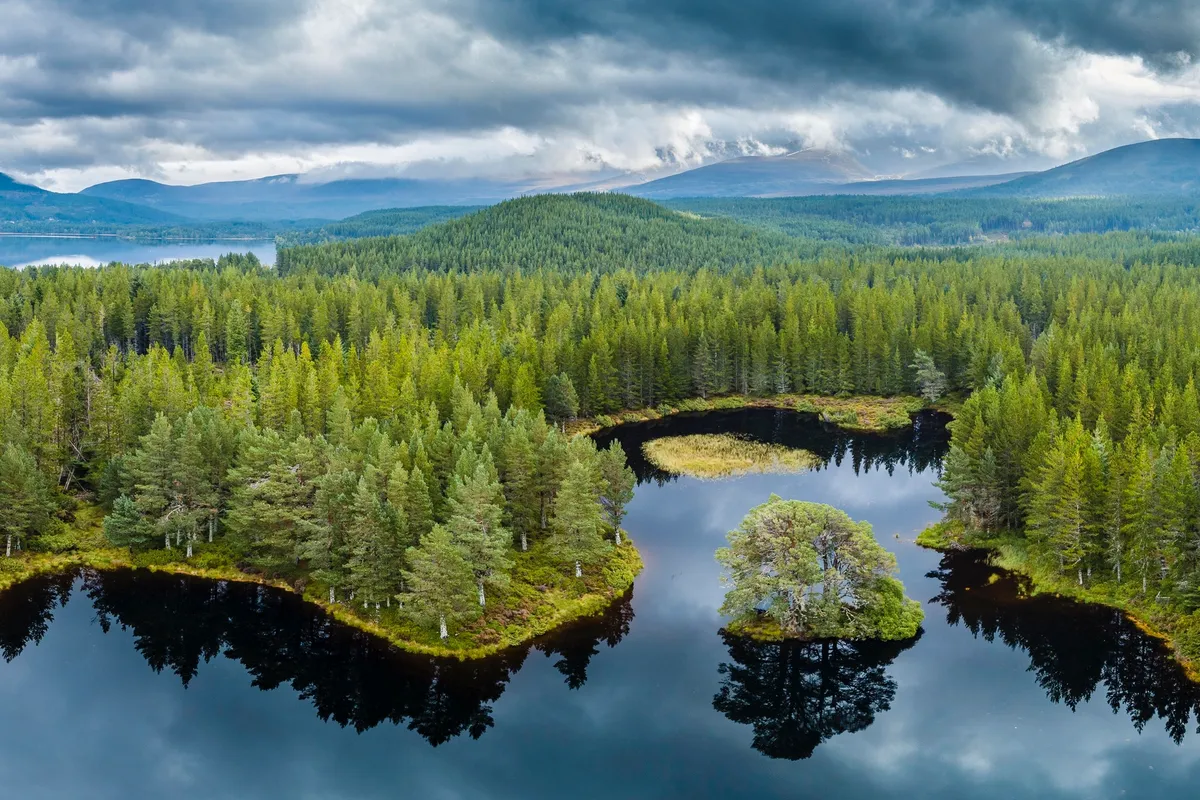
Which is the biggest national park in the UK?
The Cairngorms in Scotland is the UK's largest national park – it is almost twice the size of the Lake District and is home to four of the five highest mountains in Britain. The park is pockmarked with 60 lochs and many more lochans (small lochs), along with more than half the surviving Caledonian forest. It was established in 2003, before being extended in 2010.
The Lake District is the largest national park in England, comprising 912 square miles of high mountains, lakes, rivers and coastline.
Words: John Craven (above), BBC Countryfile Magazine (below)
15 national parks of the UK
Dartmoor National Park
- Designated as a national park in 1951
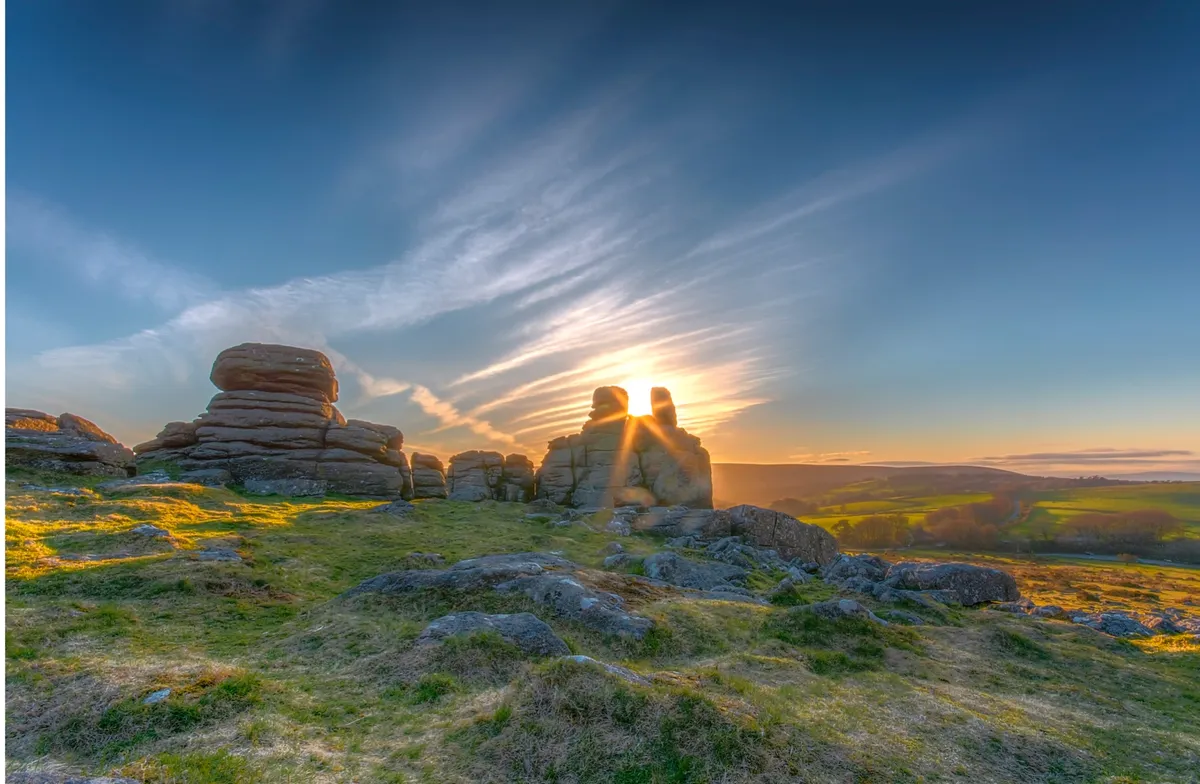
Dartmoor is a breathtaking and mysterious place. The national park comprises 386 square miles of moorlands, forests, rivers, wetlands and craggy granite tors.
The area is considered by many to be Britain's bleakest national park, but in spite of this reputation its varied habitats and prehistoric remains are a great draw for many outdoor enthusiasts.
You can explore the park by boot, bike and horseback, while a smattering of small villages and towns provide a great based from which to begin and end your adventures. Wildlife highlights include otters, which breed all year round– here, you are as likely to see one in the depths of winter as you are at the height of summer. They can be found in all the main rivers in and around Dartmoor, but are hard to spot.
Dartmoor walks
This huge moorland scattered with staggering granite tors in the south-east of Devon is a hiker's paradise.

Lake District National Park
- Designated as a national park in 1952
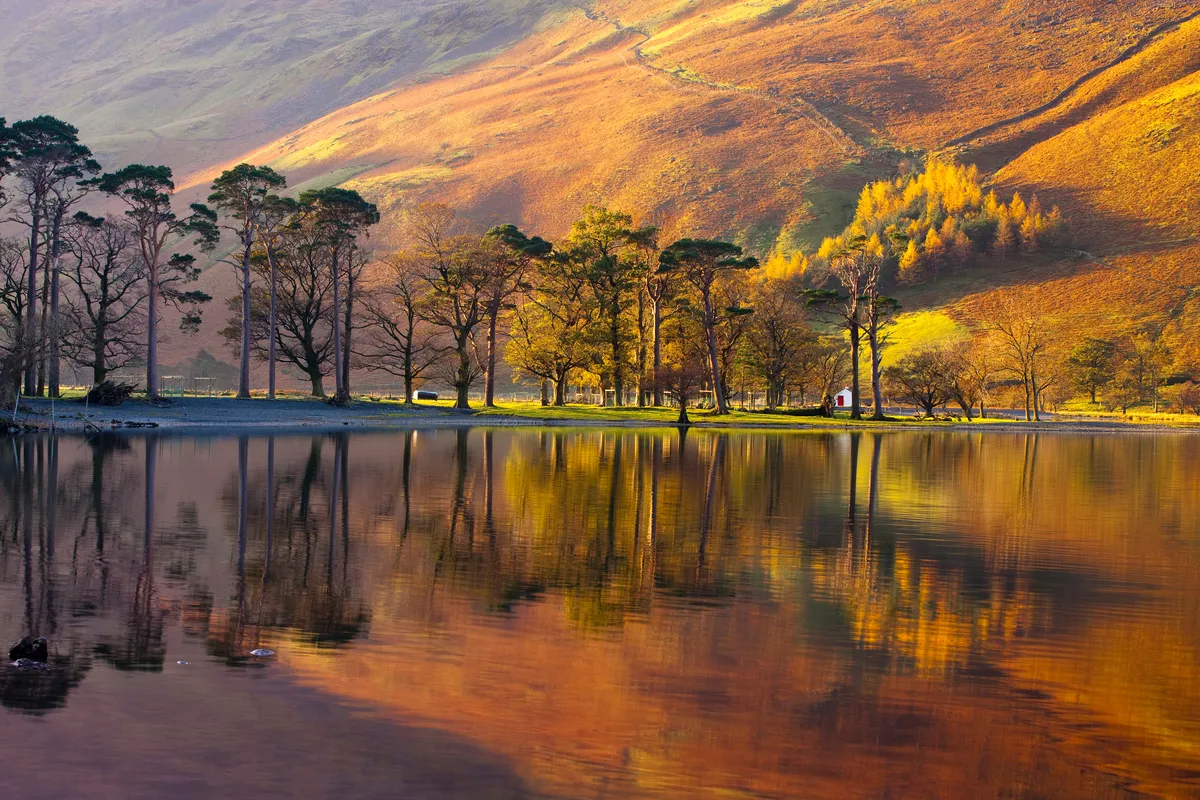
The Lake District National Park comprises 912 square miles of high mountains, lakes, rivers and coastline. No wonder, then, that it was loved so dearly by Beatrix Potter, Alfred Wainwright, Arthur Ransome, and William and Dorothy Wordsworth – along with the 16 million visitors it receives every year.
The Lake’s landscape is steeped with footpaths, and by simply climbing from your tent or stepping out of your front door, you’re likely to find yourself walking some ancient trail with unerring scenery flanking your gait.
Britain’s native red squirrels first appeared 10,000 years ago at the end of the last ice age when the land between Britain and Europe began to disappear. These acrobatic rodents are one of the UK’s most loved animals and can be seen in the Lake District.
Lake District walks
Of all the national parks in Britain, the Lake District in Cumbria is arguably the most celebrated – discover the the area's fells, rivers, waters and towns with our favourite walks.
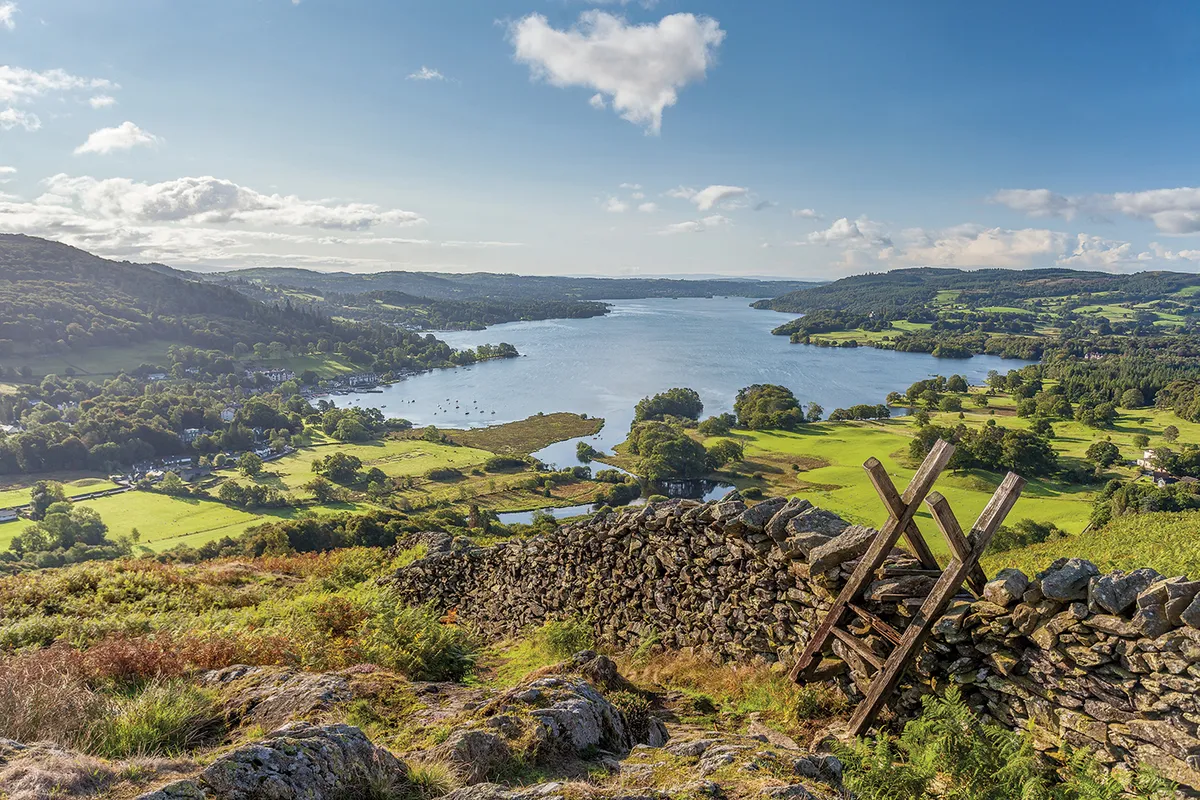
Brecon Beacon National Park
- The Brecon Beacons were designated a National Park in 1957

Home to a mix of mountains and moorland, standing stones, castles, waterfalls and wildlife, the Brecon Beacons National Park extends for 42 miles from east to west, and is divided into three distinct areas: the Black Mountains in the east, the Brecon Beacons and Fforest Fawr in the centre, and the Black Mountain region (formerly called the Camarthen Fans) in the largely Welsh-speaking west.
As well as mountains to climb, there is a huge range of outdoor activities to try - mountain biking, horse riding, abseiling, paragliding, rafting and more. The region is also one of the UK's four International Dark Skies Reserves and part of the national park is a UNESCO Global Geopark, protecting and showcasing its geology, archaeology and history.
Thirty years ago, the number of red kites in Britain was down to near single figures. Since then, careful breeding programmes have brought this magnificent bird of prey, famous for its russet colour and forked tail, back from the brink. Red kites have been reintroduced in the Chilterns, the Midlands and parts of Scotland, but mid Wales and the Beacons provides a chance to see native kites in their ancient stronghold.
Brecon Beacons walks
From spectacular ridgelines and mountains to glistening waterfalls, rivers and lakes, the Brecon Beacons National Park in South Wales has something for everyone. Our guide looks at the best walks in the Brecon Beacons – all within an hour's drive of several major cities.

Broads National Park
- The Broads were designated a National Park in 1989
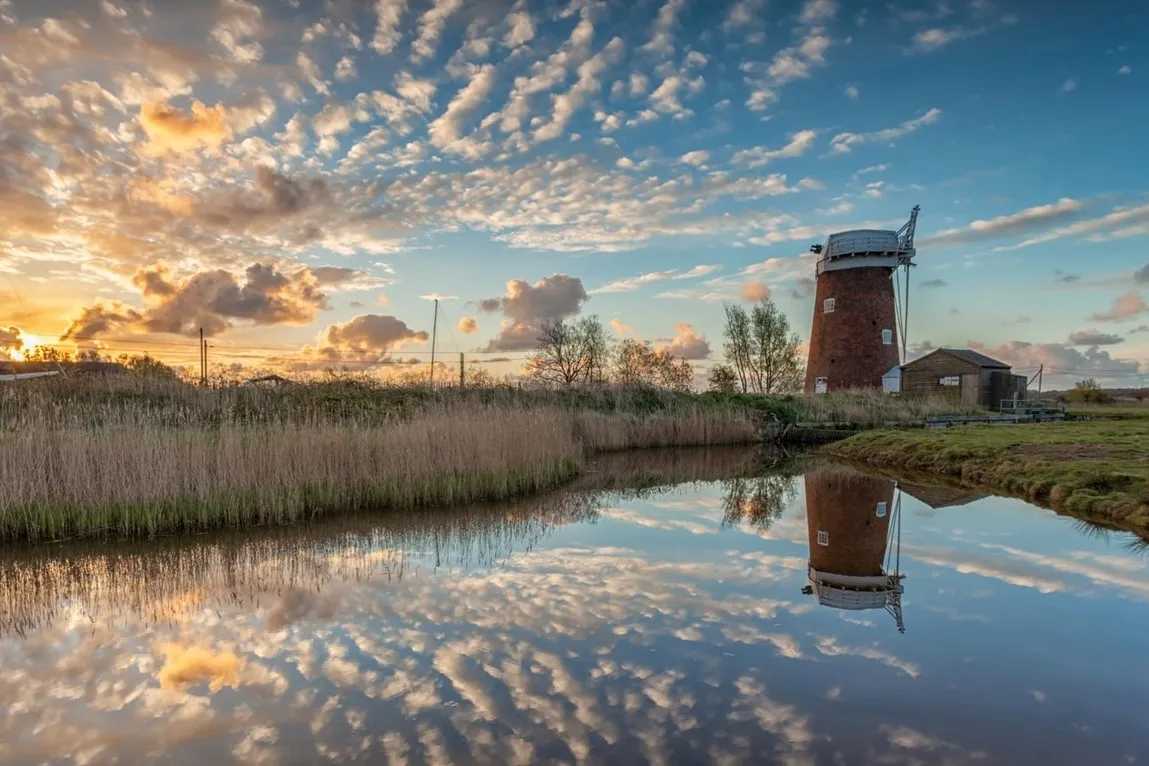
A unique patchwork of rivers and lakes, the Broads is not – as was once thought – a natural landscape, but a result of intensive peat digging in the Middle Ages to provide fuel. The empty pits flooded, forming lakes known locally as broads.
When combined with the area’s natural rivers, they make up a network of more than 125 miles of navigable waterways, nowadays mainly used for recreation. Renowned for its biodiversity, the Norfolk Broads are home to more than a quarter of Britain’s rare species, from birds and butterflies to mammals and fish.
More than 2,000 grey seal pups were born on the coastline near Horsey in 2018/2019. Seals are remarkably well adapted to their environment and have developed some truly impressive senses to help them thrive in it. They can taste minute variations in seawater salinity and smell a chemical released when zooplankton feed on phytoplankton, both indicators of potentially rich feeding areas.
Broads walks
But you don't need a boat to discover Norfolk's wildlife-rich waterways and wild beaches. Our guide explores some of the best walks in the Norfolk Broads, each with its own walking map and directions.

Cairngorms National Park
- The Cairngorms were designated a National Park in 2003
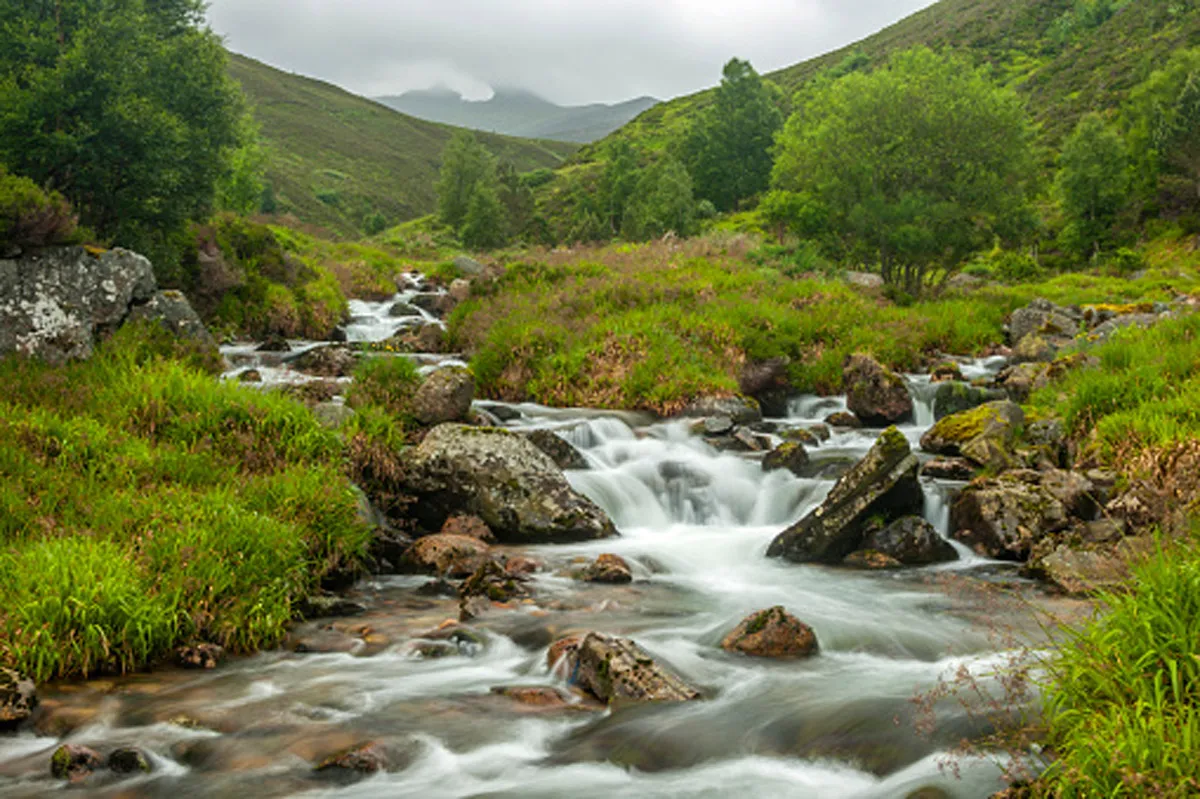
The Cairngorms National Park was established in 2003, and later extended in 2010.
It is Britain's largest national park – almost twice the size of the Lake District – and is home to four of the five highest mountains in Britain. The park is pockmarked with 60 lochs and many more lochans (small lochs), along with more than half the surviving Caledonian forest.
A quarter of Britain’s threatened animal, plant, insect and fungi species are found in the Cairngorms, some of which are endemic to the park. It's also one of the best places on our islands to see the elusive pine marten.
Cairngorms walks
The Cairngorms teems with towering trees, shimmering lochs and busy wildlife. Take a hike through this vast, untamed area of Scotland with our list of the area's best walks.
Best walks in the Cairngorms National Park
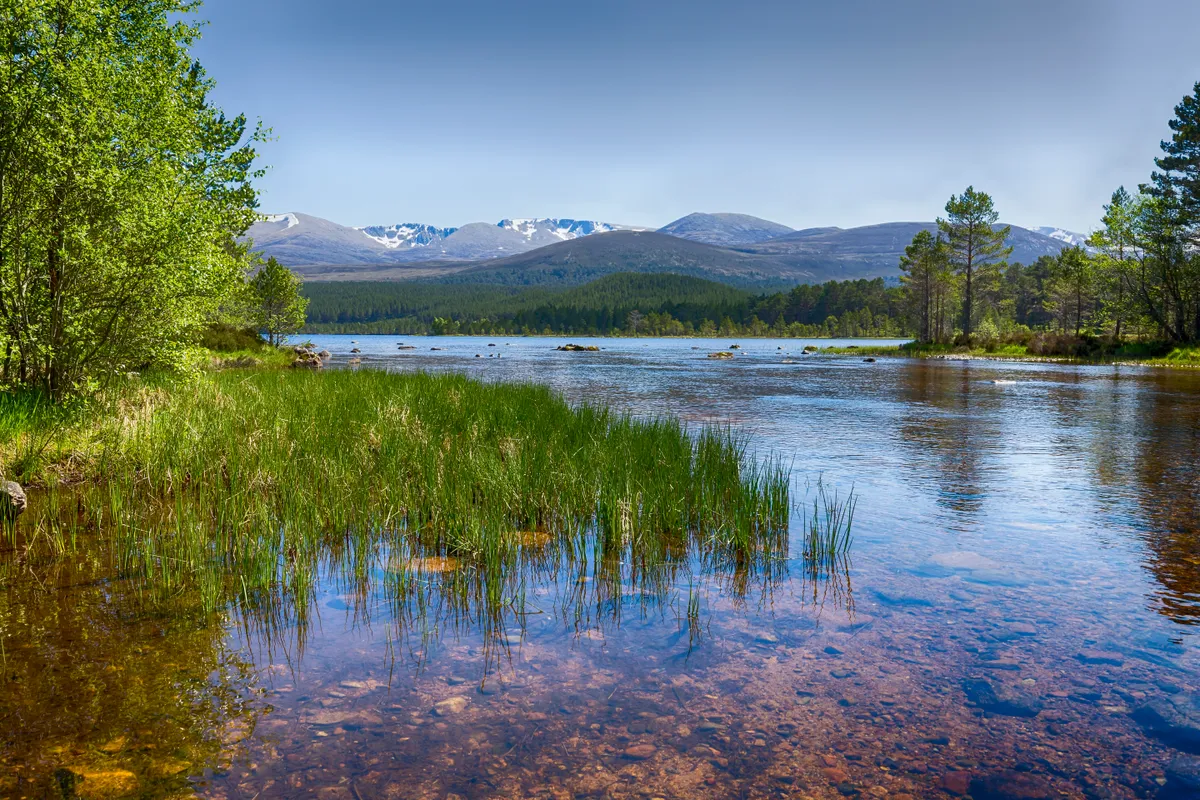
Exmoor National Park
- Designated a national park in 1954
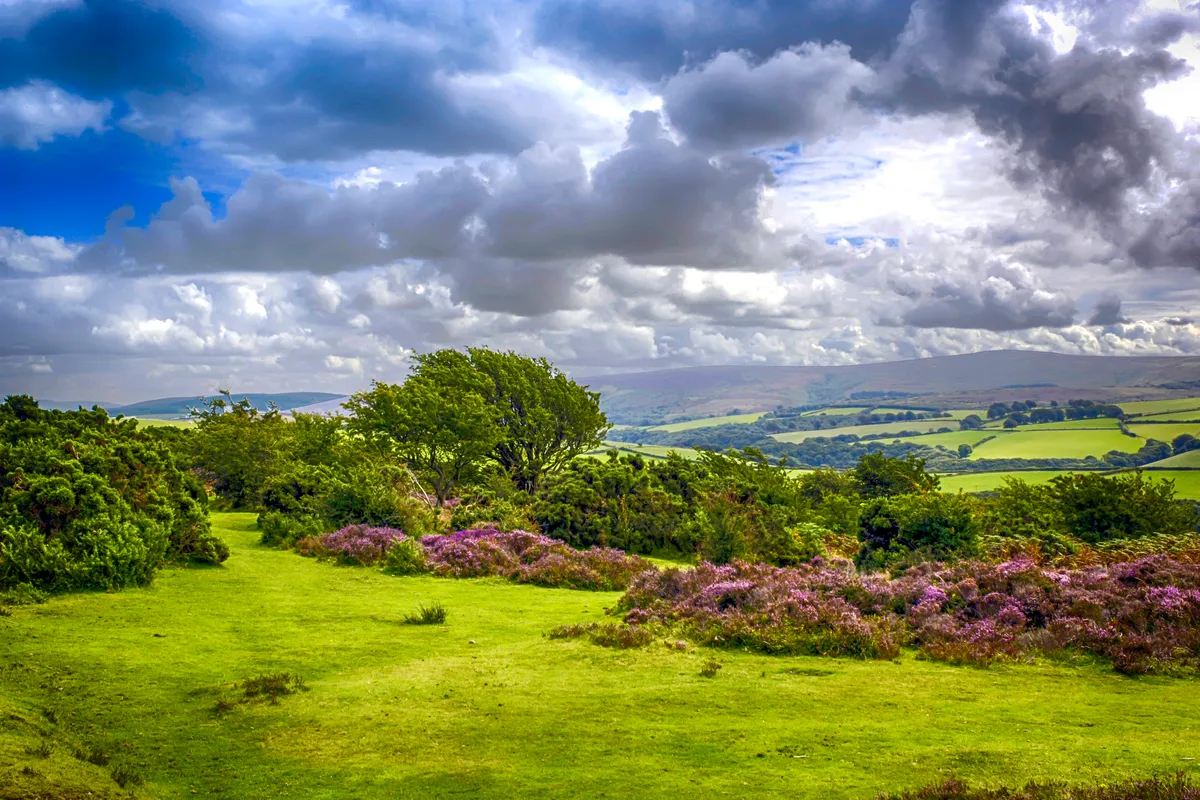
A wild expanse of open moorland, woodland and rivers, plus a spectacular coastline, Exmoor was designated as a national park in 1954. It comprises 267 miles of moorland, coastal cliffs, river valleys and woodland and shares land with two counties, Somerset (71%) and Devon (29%).
There are a number of attractive towns and villages in the park, all of which offer a great selection of places to stay, eat and explore, including Lynton and Lynmouth, Dulverton, Porlock and Dunster.
Red deer migrated to Britain from Europe 11,000 years ago, making them one of two of the country’s truly indigenous species. Since their arrival, populations have risen and fallen with the loss and creation of suitable habitat. Head to Exmoor in autumn for the annual deer rut.
Exmoor walks
From dramatic coastal footpaths to gentle river walks, there are myriad hikes to be enjoyed in Exmoor National Park – here is our guide to some of the best walking routes.
- Best walks in Exmoor National Park

Loch Lomond and the Trossachs National Park
- Designated a national park in 2002
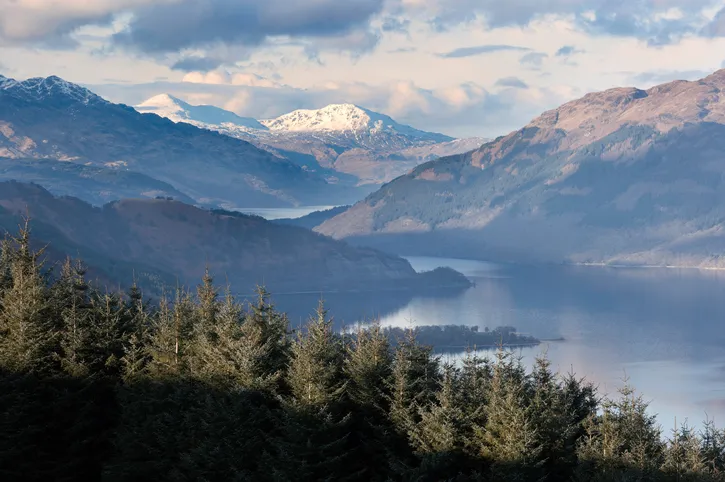
This is a diverse and fabled landscape of deep blue lochs, soaring Munros, rumbling rivers and lush glens. Easily accessible from Glasgow, Loch Lomond and the Trossachs National Park is a popular playground for locals and tourist alike, providing activities for families, adventure-seekers and those in need of a relaxing break.
Follow in the footsteps of Scottish outlaw and folk hero Rob Roy and visit the castles once inhabited by kings and queens.
Only a handful of British species turn white in winter to blend with the expected snow and hide from predators. The mountain hare is perhaps the most impressive and by November will have shed its brown coat to become blue-ish white. Mountain hares are relatively common throughout the Highland region of Scotland, including Loch Lomond and the Trossachs.
Loch Lomond and the Trossachs walks
Loch Lomond and the Trossachs National Park in Scotland boasts steep mountain peaks, overlooking rolling hills, untamed forests and glistening lakes. Here is our guide on the best hikes in Loch Lomond and the Trossachs National Park.

New Forest National Park
- Designated a national park in 2010
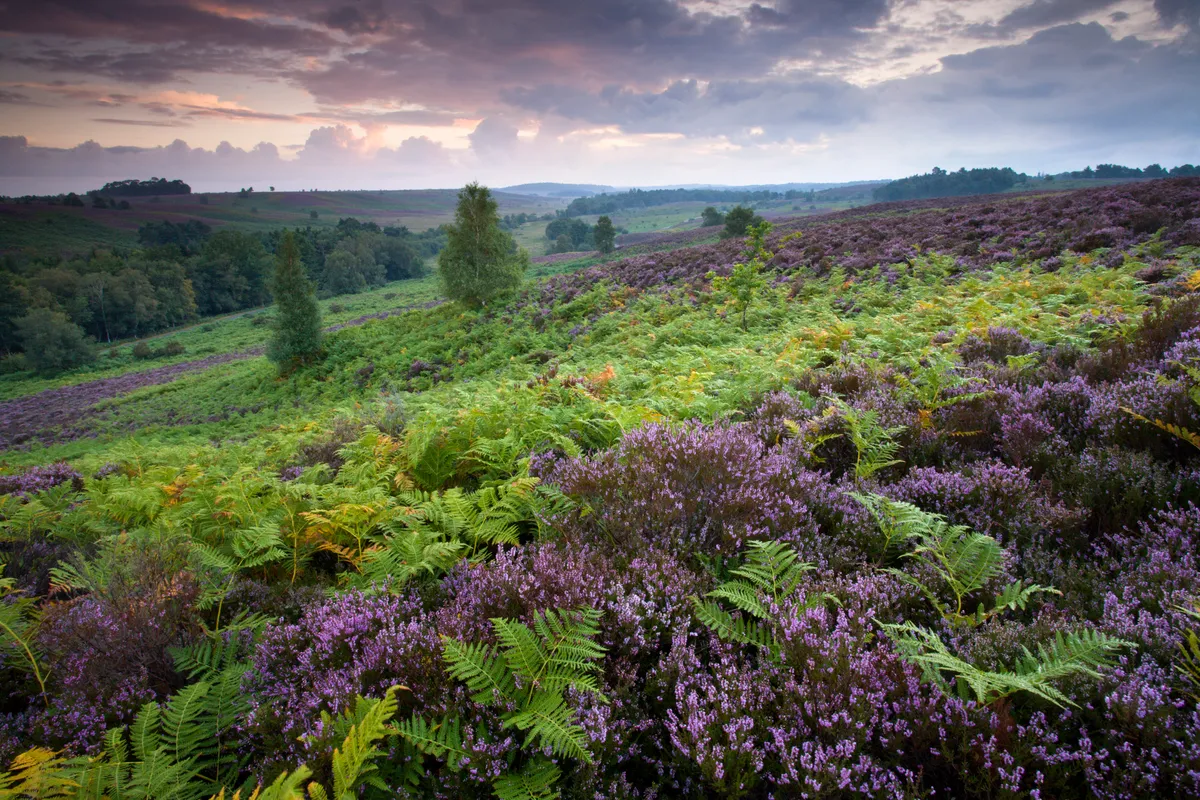
Hampshire’s New Forest is famous for its history and wildlife – indeed, venture into the national park and you will find it difficult to avoid either.
The pearl-bordered fritillary butterfly flies mainly during May and can be seen in the New Forest woods north-east of Brockenhurst (Pignal, New Copse and Parkhill in closures). It has early and late years, depending on the vagaries of spring weather. Cannily, it flies when the bugle, its favoured nectar source, is in flower. This is one of our most graceful butterflies in flight, skimming low over the ground vegetation, pausing only to visit flowers or bask, the males ceaselessly searching for females.
New Forest walks
New Forest National Park is famed for its beautiful heathland and myriad forest trails – discover its beauty on foot with our favourite hikes.
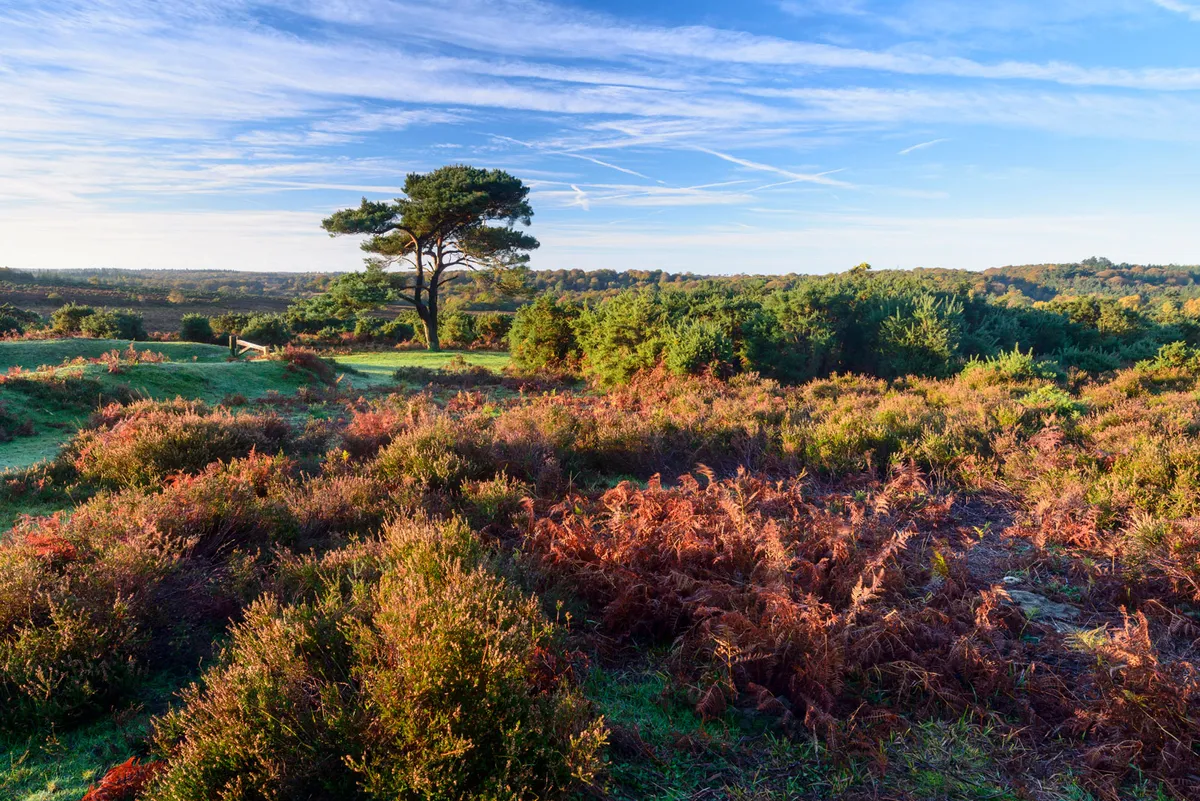
Northumberland National Park
- Designated a national park in 1956
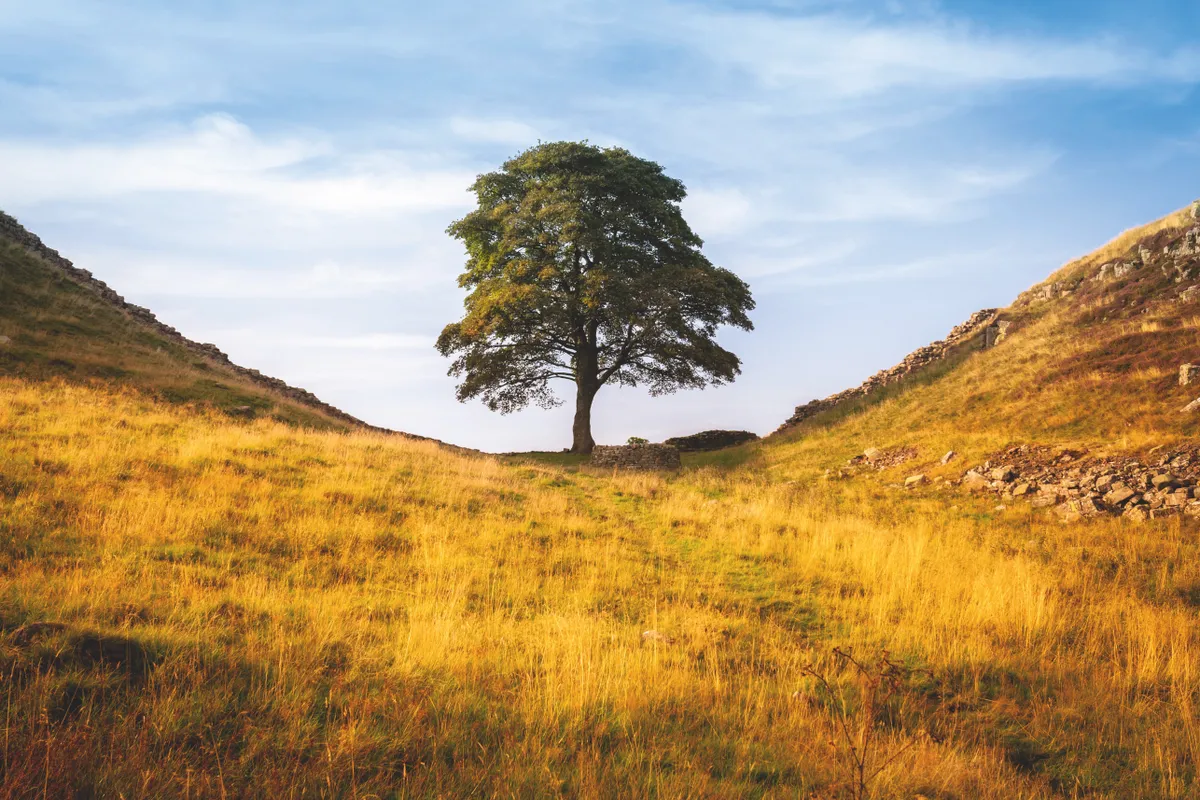
Northumberland National Park is the least populated park in Britain, known for its clean air, beautiful rivers and dark skies. The county of Northumberland includes the Northumberland Coast AONB, Kielder Forest, part of the North Pennines AONB and the Northumberland National Park.
It’s a landscape steeped in history, from the snaking stonework of Hadrian’s Wall to ruined castles and holy monasteries. But it’s also one of England’s wildest counties, where wave-raked beaches sweep towards rugged islands, and open moorland stoops into deep forests and enormous lakes.
Between the months of March and June (usually April and May) at dawn and also in the autumn, male black grouse gather together on a daily basis in Northumberland, occupying their own little piece of territory in a makeshift arena. Each male attempts to visually impress their female counterparts with an extravagant display of dancing and flashing white feathers, in an attempt to win a mate. Once abundant in the park, there are now only a few remaining.
Northumberland walks
The darks skies, open moorland, wild woodland and splashing waterfalls of Northumberland National Park hug the border between England and Scotland – explore the park on foot with our favourite walks.
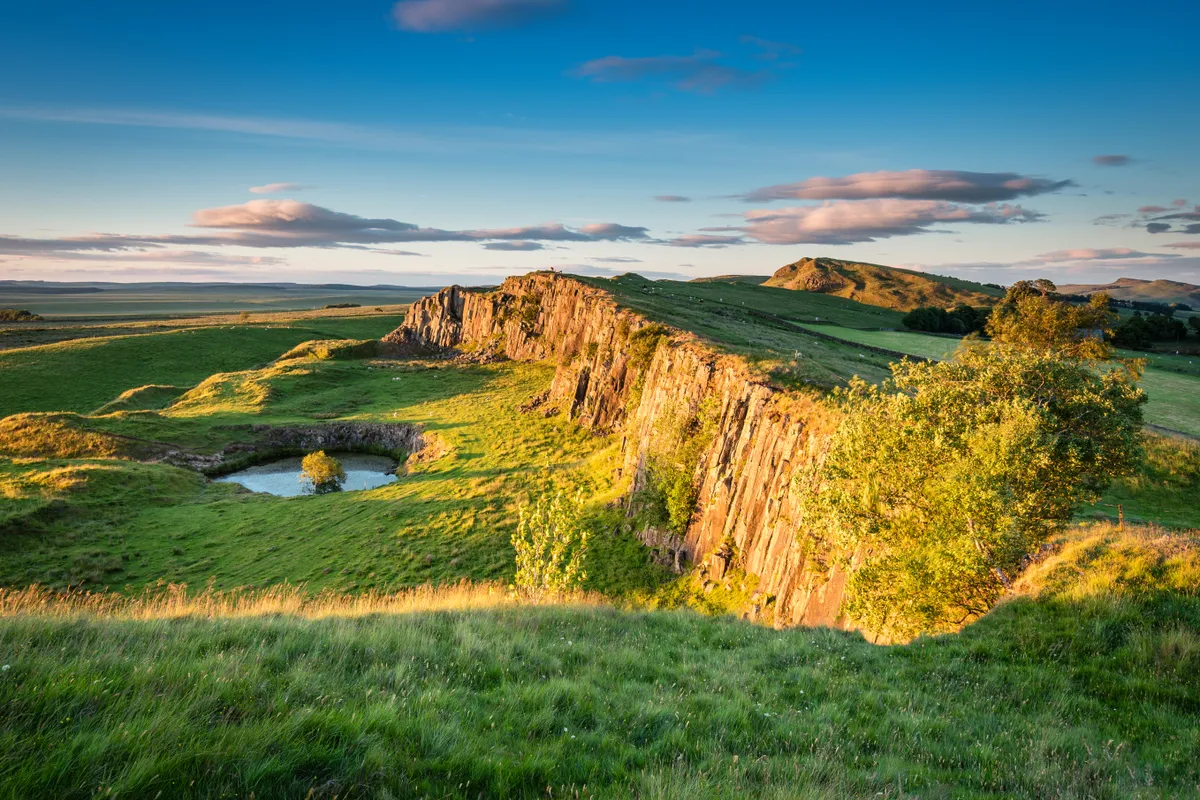
North York Moors National Park
- Designated a national park in 1954

Discover ancient trees, majestic birds of prey, rich heritage and a fascinating coastline of towering cliffs and nestled villages. The North York Moors are a nature-lover’s dream, but there’s history too. Explore a landscape steeped in evidence of the past, from as far back as the Iron Age through to the present day.
Take walk to the summit of Roseberry Topping in the North York Moors National Park. Quilted with banks of bluebells, sorrel and stitchwort, Yorkshire’s Matterhorn is a spring masterpiece.
North York Moors walks
The North York Moors landscape comprises more than 1,400 miles of public footpaths – discover the national park's vast moorland and sweeping coastline with our favourite walks
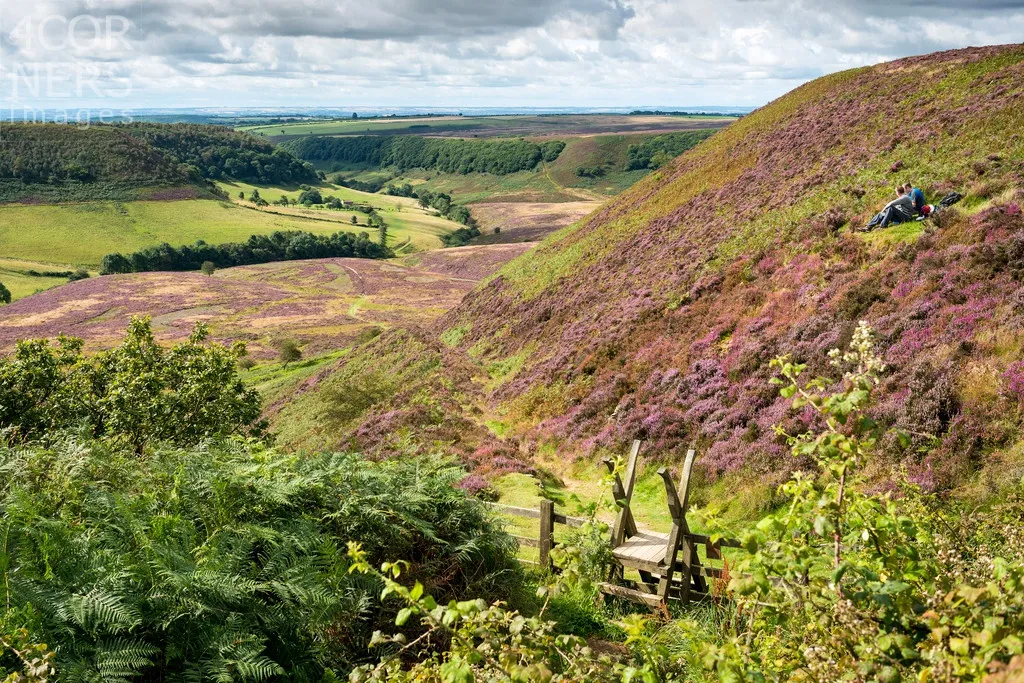
Peak District National Park
- Designated a national park in 1951
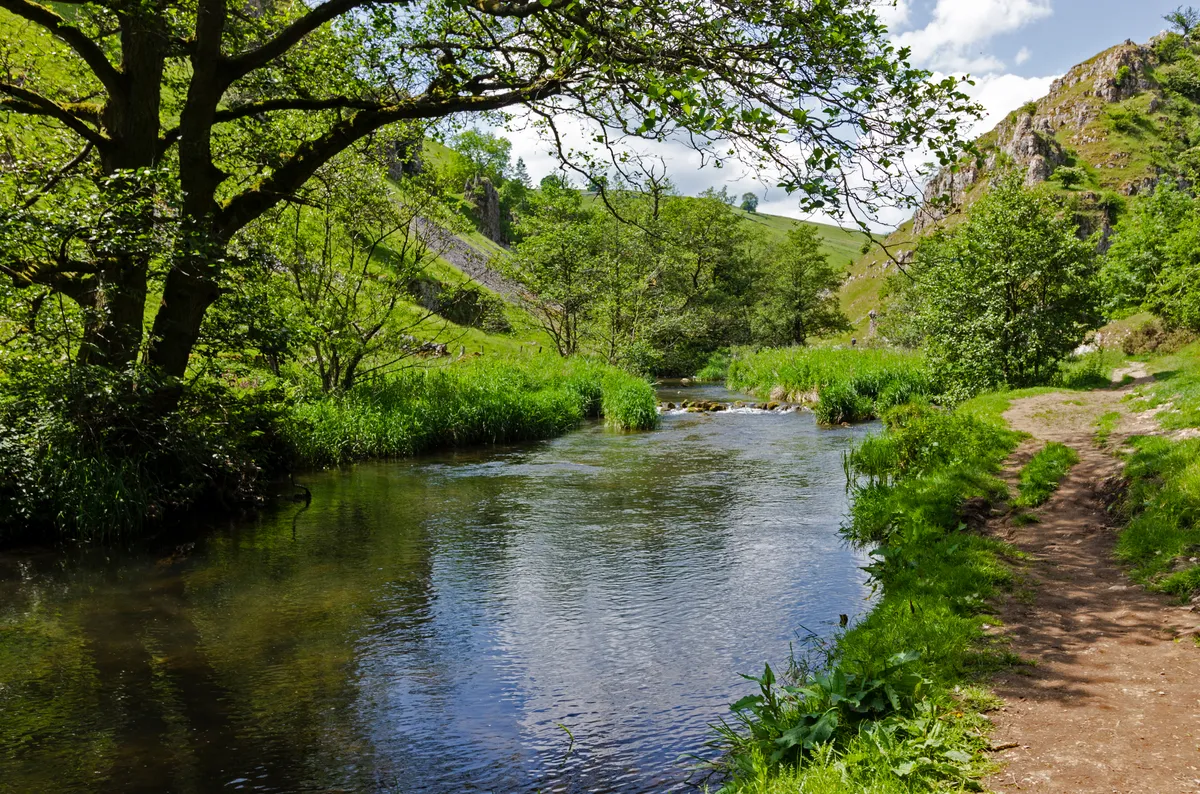
This upland area of limestone, gritstone and moorland deserves special mention as the pioneer of the national park system. Designated in 1951, the Peak District was the first national park to be formed, paving the way for 15 more. Covering 555 square miles, the upland region attracts cyclists, hikers, horseriders and campers, as well as archaeologist who come to explore the area’s rich past.
Often active during the day, the short-eared owl is restricted as a breeding species to upland moorland and, occasionally, coastal grazing marsh.
This latter habitat is often used in winter, when it may hunt alongside barn owls. Rather nomadic in its movement, the bird moves between Britain and overseas in response to vole numbers. Population: around 1,400 pairs, some of which can be spotted in the Peak District.
Peak District walks
The Peak District National Park in Derbyshire is one of Britain's most iconic landscapes – hike over hills, moors and mountains, amble beside idyllic rivers and climb through deep gorges with our guide to the best walks in the Peak District.

Pembrokeshire Coast National Park
- Designated a national park in 1952
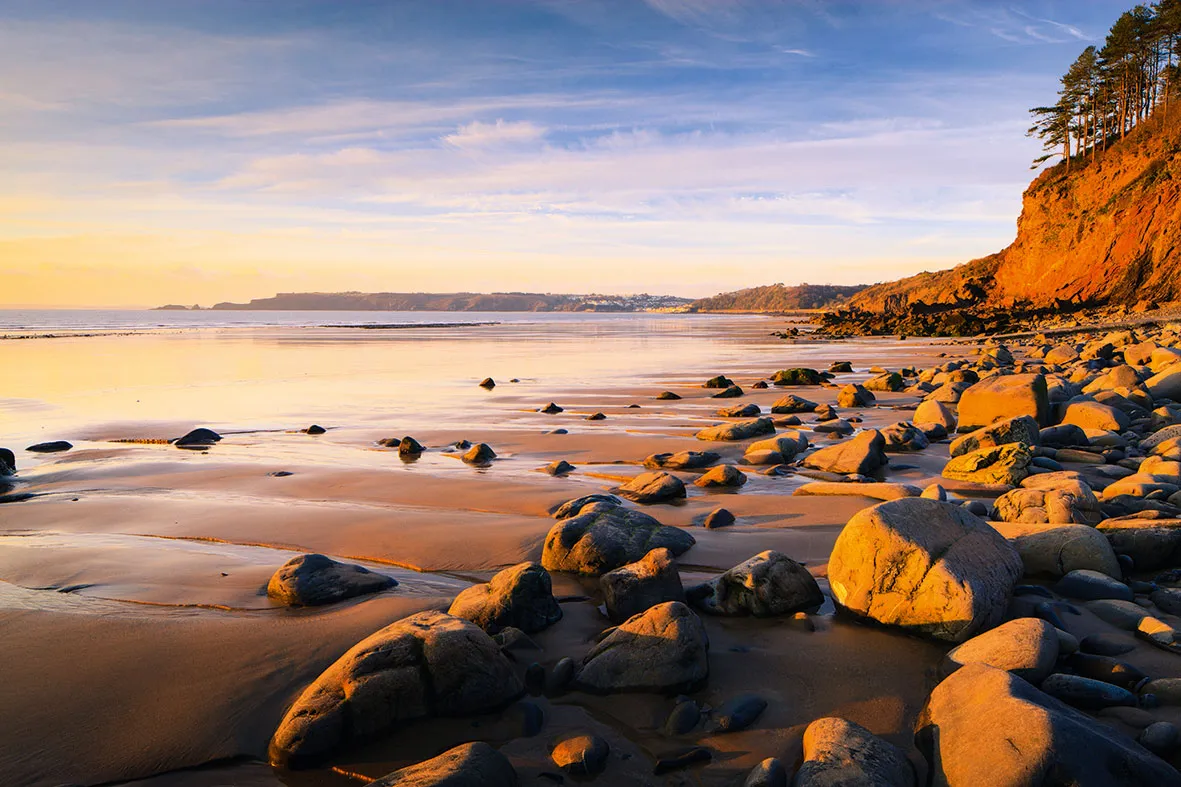
With its sprawling sandy beaches, endless skies, atmospheric castles and churches, and a dramatic coastline teeming with wildlife, Pembrokeshire is one of the most beautiful places to visit in Britain. From hiking the gorgeous Pembrokeshire Coast Path to sea kayaking or surfing or even coasteering, this wild and wonderful place is the perfect holiday destination for families, friends and lone-rangers alike.
Puffins are carnivores, living off small fish such as herring, hake and sand eels. They can hold their breath for up to a minute – although they generally stay underwater for about thirty seconds – and can dive as deep as 60 metres. Head to the Pembrokeshire and spot these comical seabirds perched on the cliffs and neighbouring islands.
Pembrokeshire Coast walks
Explore the rugged cliffs, sweeping bays, rolling hills and extraordinary wildlife of the Pembrokeshire Coast National Park in south-west Wales.
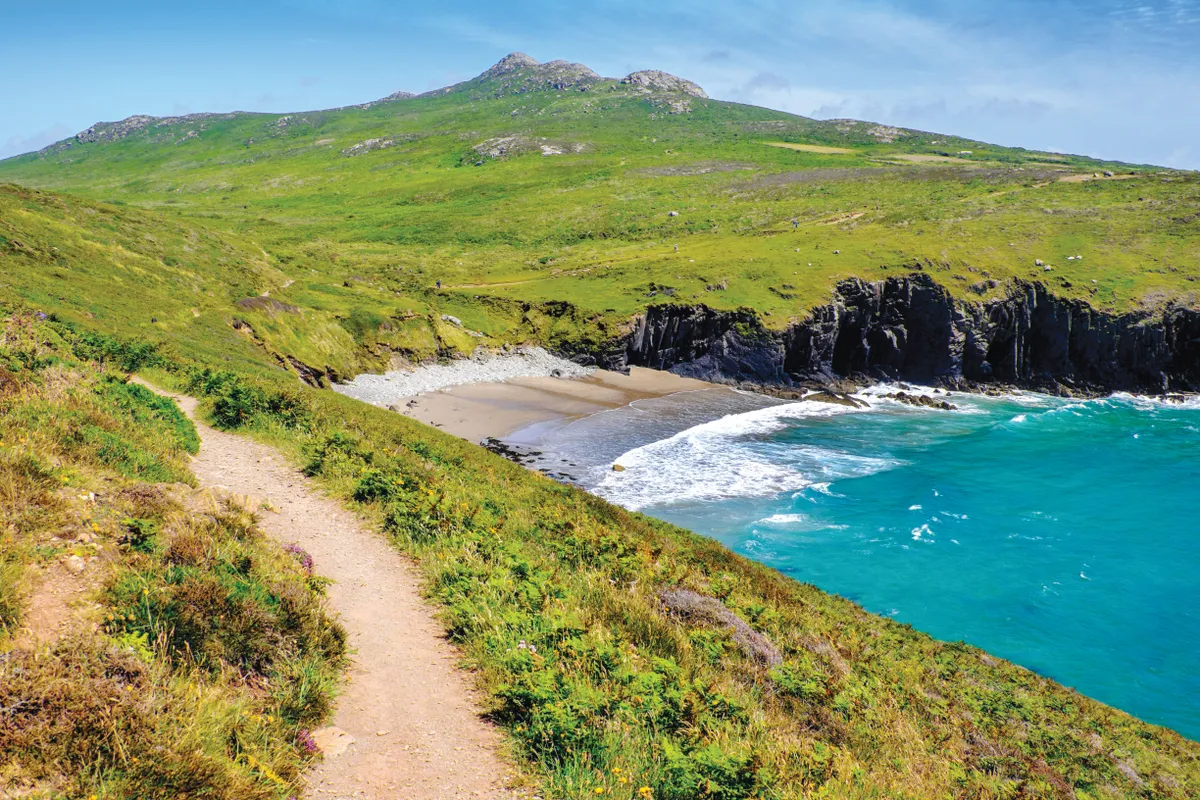
Snowdonia National Park
- Designated a national park in 1951

Steeped in myth and legend, the dramatic landscape of Snowdonia is an adventurer’s dream. There’s mountains to be explored – true mountains, worthy of ropes and crampons and a head for heights – and deep gorges and cliffs to be climbed. But there’s a gentler side too; winding rivers and hidden villages, shallow shores and chugging trains.
In Snowdonia, the months of March, April and May, like the rest, are often wind-whipped, veiled in cloud and doused in rain. It is the flowering of special Arctic-alpine flowers that distinguish spring from the rest of the year. The first to flower in the mountains – such as Cwm Idwal – is purple saxifrage. Even when snow lies late into the season, Saxifraga oppositifolia prospers, growing in fragrant cushions on the basalt rocks.
Snowdonia walks
Packed with great mountain climbs, idyllic river walks, lakeside rambles and coastal hikes, Snowdonia National Park is the perfect getaway location for hiking – our pick of the best walks in Snowdonia, Wales.

South Downs National Park
- Designated a national park in 2005

England’s newest national park is a tranquil landscape of rolling hills, chalk cliffs and crystal-clear rivers. It’s one of the busiest parks in Britain, yet solitude is easy to come by. Walk among the ancient yew trees of Kingley Vale and listen to skylarks above the parks farmland, and discover the South Down’s extensive history with Bronze Age barrows and World War II pill boxes.
No one knows how Duke of Burgundy – a tiny, early spring butterfly – obtained its name. Formerly common locally in woods, the Duke is now a rare and rapidly declining butterfly, primarily of rough, ungrazed or lightly grazed limestone grassland, such as the Seven Sisters cliffs.
South Downs walks
From the chalk streams of Hampshire to the towering cliffs of East Sussex, here is our guide to the best hikes in the South Downs National Park.

Yorkshire Dales National Park
- Designated a national park in 1954
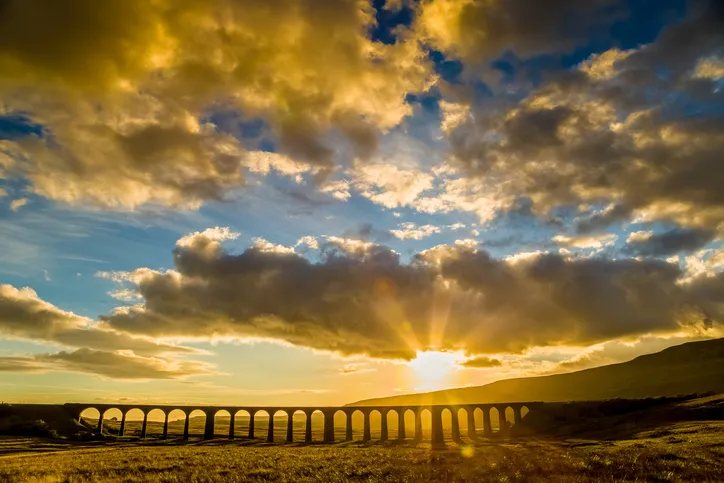
Take a trip to the Dales and explore turbulent waterfalls, ruined abbeys and Ice Age erratics. Walk beneath the impressive stonework with Riddlehead Viaduct, take on the Three Peaks Challenge and eat as much cheese as you stomach can stand at the Wensleydale Creamery.
Of the 17 bat species resident in the UK, eight can be found in the Yorkshire Dales, including one of the most commonly sighted species, the pipistrelle. Look in small cracks in the rocks and between the sontes on bridges, or wait until dusk as they set out for a night of hunting.
Yorkshire Dales walks
The valleys, moors, hills and caverns of the Yorkshire Dales are etched with miles and miles of rolling footpaths – explore this atmospheric limestone landscape with our guide to the national park's best hiking trails.
